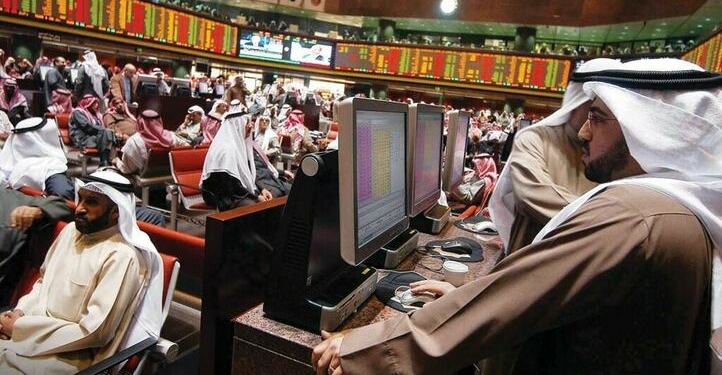Investing.com – Gold prices struggled to catch a bid on safe-haven demand despite rising trade tensions between the U.S. and its allies as expectations for a faster pace of U.S rate hikes kept a lid on the yellow’s metal push higher.
for August delivery on the Comex division of the New York Mercantile Exchange fell by $2.90 or 0.23%, to $1,267.80 a troy ounce.
Reports the U.S. was readying new trade restrictions against China stoked demand for traditional safe-havens like , the and , but safe-haven flows into gold were limited.
The U.S. is reportedly drawing up plans to block firms with at least 25% Chinese ownership from buying U.S. companies with industry changing technology, raising the risk of countermeasures from Beijing.
That comes just as the impact of the EU’s tariffs on a slew of U.S. imported goods – which went into effect late Thursday – was witnessed Monday as Harley Davidson said it would move some production out of the United States.
Expectations for a faster pace of U.S. monetary policy, however, appeared to remain intact, raising the prospect of further dollar strength in the near-term, which some analysts have highlighted as the main headwind weighing on gold.
Expectations for a fourth rate hike at the Fed’s December meeting remained at nearly 50%, according to Investing.com’s Fed Rate Monitor tool.
Gold is sensitive to moves higher in both bond yields and the U.S. dollar – A stronger dollar makes gold more expensive for holders of foreign currency while a rise in U.S. rates, lift the opportunity cost of holding gold as it pays no interest.
In other precious metal trade, fell 0.81% to $16.33 a troy ounce, while lost 0.46% to $871.00 an ounce.
gained 1.41% to $3.01.
Fusion Media or anyone involved with Fusion Media will not accept any liability for loss or damage as a result of reliance on the information including data, quotes, charts and buy/sell signals contained within this website. Please be fully informed regarding the risks and costs associated with trading the financial markets, it is one of the riskiest investment forms possible.
Source: Investing.com


























